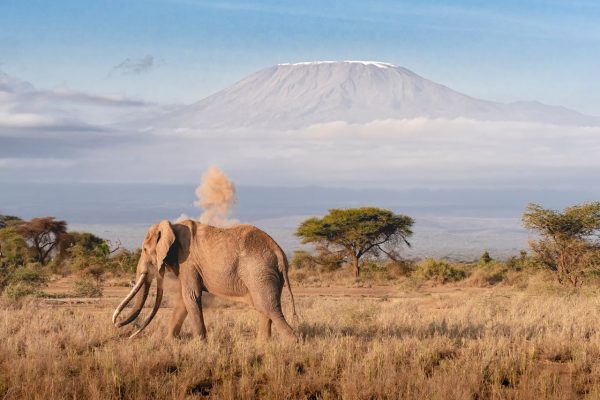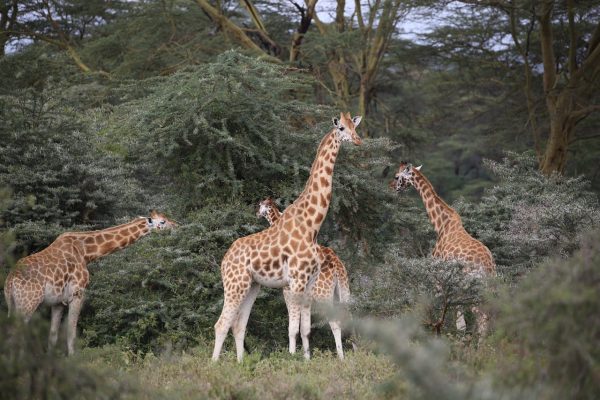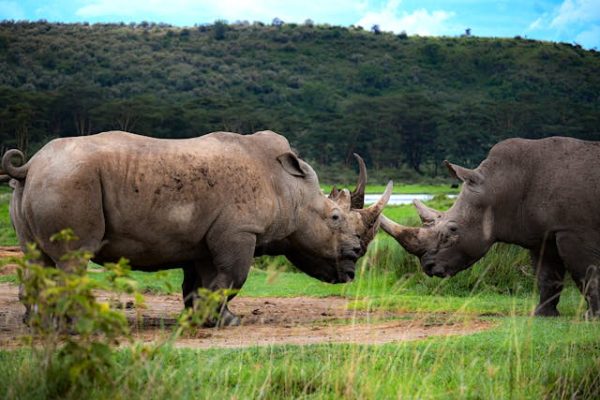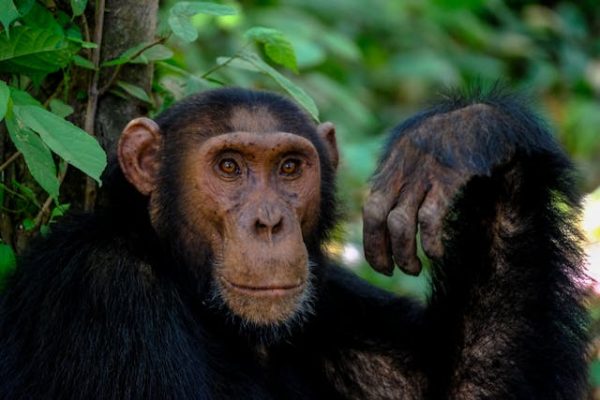The Masai Mara National Reserve, often referred to simply as the Masai Mara or the Mara, is one of Africa’s most renowned and iconic wildlife conservation areas. Located in southwestern Kenya, it spans approximately 1,510 square kilometers (580 square miles) and is contiguous with the Serengeti National Park in Tanzania, forming part of the larger Serengeti-Mara ecosystem. The reserve is named in honor of the Maasai people, the indigenous inhabitants of the region, and the Mara River, which flows through the park and is a vital water source for its wildlife.
Wildlife and the Great Migration
The Masai Mara is world-famous for its exceptional wildlife populations and the annual Great Migration, one of the most spectacular natural events on Earth. Each year, between July and October, over 1.5 million wildebeest, along with hundreds of thousands of zebras and gazelles, migrate from the Serengeti in Tanzania to the Masai Mara in search of fresh grazing grounds. This dramatic journey is fraught with peril, as the herds must cross crocodile-infested rivers, such as the Mara River, while evading predators like lions, cheetahs, and hyenas.
Big Five and Other Wildlife
The reserve is home to the “Big Five” (lion, leopard, elephant, buffalo, and rhinoceros), making it a prime destination for safari enthusiasts. In addition to these iconic species, the Masai Mara boasts a rich diversity of wildlife, including giraffes, hippos, crocodiles, hyenas, cheetahs, and over 470 species of birds. The open savannahs, acacia woodlands, and riverine forests provide ideal habitats for these animals.
Landscape and Scenery
The Masasi Mara’s landscape is characterized by vast rolling grasslands, scattered acacia trees, and seasonal rivers. The reserve’s terrain is not only visually stunning but also supports a wide range of ecosystems, from open plains to dense thickets. The Mara River, Talek River, and Sand River are lifelines for the wildlife, especially during the dry season.
Maasai Culture
The Maasai people, known for their distinctive red shukas (robes), beadwork, and traditional way of life, are an integral part of the region’s cultural heritage. Many Maasai communities live in the areas surrounding the reserve and offer cultural experiences to visitors, including village tours, traditional dances, and insights into their pastoral lifestyle.
Tourism and Activities
The Masai Mara is a premier destination for safari tourism. Visitors can enjoy game drives, hot air balloon safaris, guided nature walks, and photographic safaris. The reserve offers a range of accommodations, from luxury lodges and tented camps to budget-friendly options, ensuring a memorable experience for all types of travelers.
Conservation Efforts
The Masai Mara plays a critical role in wildlife conservation. Efforts are ongoing to protect its ecosystems and wildlife from threats such as poaching, habitat loss, and human-wildlife conflict. Conservation organizations, local communities, and the Kenyan government work together to ensure the sustainability of this vital ecosystem.
Best Time to Visit
The best time to visit the Masai Mara depends on what you want to experience. For the Great Migration, plan your trip between July and October. The dry season (June to October) is ideal for general wildlife viewing, as animals congregate around water sources. The wet season (November to May) offers lush landscapes, fewer tourists, and excellent birdwatching opportunities.



